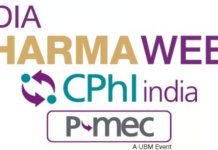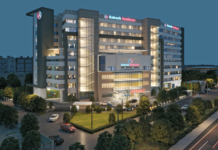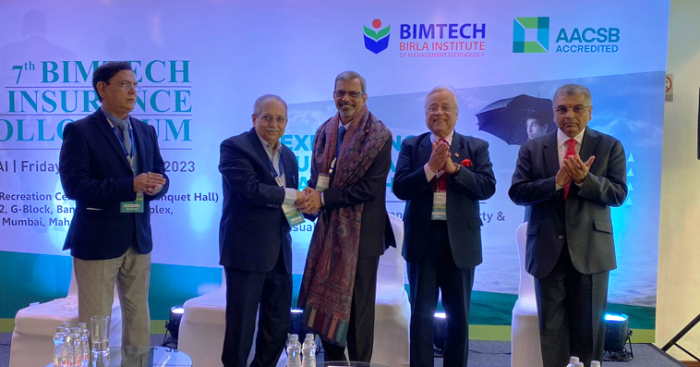Over the last few quarters, the performance of the hospital sector has been affected due to multiple regulatory interventions in the form of demonetization, price caps on medical devices and GST. While demonetization in November 2016 has impacted the occupancy levels and consequently the topline of the hospitals in H2FY2017 and Q1FY2018, imposition of price-caps on stents (in Q4FY2017) and knee implants (in Q2FY2018) by National Pharmaceutical Pricing Authority (NPPA) impacted the performance in later half of CY2017. Additionally, roll out of the GST in Q2FY2018 led to increased input tax burden on medical devices, equipment, consumables and maintenance contracts; with the healthcare services being exempt from GST, the hospitals are not able to claim the input tax credit resulting in reduced profitability.
Says Mr. Shubham Jain, Vice President, ICRA, “The performance of five listed hospital chains in the country, which together operate more than 20,000 beds suffered as a result of regulatory interventions. In 9MFY2018, the growth in aggregate revenues of the sample set slowed down to ~9% against growth of ~15% in 9MFY2017. The OPBIDTA growth was ~15% in 9MFY2017, which fell sharply to -3% in 9MFY2018. The aggregate operating profit margins also declined from 15.1% in 9MFY2017 to 13.7% in 9MFY2018, resulting in decline in absolute OPBIDTA from Rs. 15.02 billion to Rs. 14.90 billion during the same period. Additionally, on a Y-o-Y basis, all quarters of 9MFY2018 saw weaker revenue growth and decline of over 100 bps in operating margin.”
On the positive side, one major development for the industry has been the announcement of the National Health Protection Scheme (NHPS) in the Union budget of 2018-19. NHPS envisages health insurance cover for 100 million families (~500 million beneficiaries) for a sum of up to Rs. 0.5 million per family per year. Launch of a government-funded healthcare plan of this scale has the potential to significantly increase the healthcare spend in the country. ICRA notes that introduction of NHPS is likely to improve the occupancies at implementing hospitals albeit with lower profit margins.
On the outlook, Mr. Jain added that “regulatory intervention in terms of pricing caps are expected to continue to exert pressure on the margins in the near term, however, the hospitals may gradually offset these costs over the medium term by general hike in tariffs and by re-looking at the pricing of various procedures, products and services. The long-term outlook remains stable notwithstanding the current headwinds and regulatory challenges in the sector, ICRA’s expects demand to continue rising at a steady pace owing to the underlying fundamentals, including growing population, increasing life expectancy, rising incidence of non-communicable diseases related to lifestyle, and increasing health insurance coverage. Medical tourism is also expected to boost revenues, given the affordability and quality of care in the country.” ICRA expects an annual revenue growth of 12-14% over the next five years, which is also likely to result in the improvement in credit metrics of the companies operating in the sector.
























